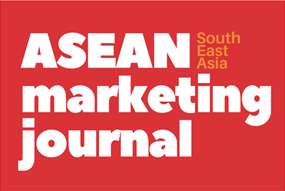
Abstract
Muslim consumers have strict commandments which guides their consumption behavior. However, Muslim individuals may have different compliance regarding the commandments. This difference in compliance may be explained by difference in halal literacy. Halal literacy is the ability to differentiate permissible (halal) and forbidden (haram) goods and services which came from better understanding of Islamic laws (shariah).Thus, the purpose of this paper is to explore the concept of Halal Literacy as well as to develop and validate an instrument to measure Halal Literacy for Muslim consumers. Halal literacy was measured using two methods. One method using six items of five point Likert self evaluation scale and the other using fifteen true-false test questions with an option to choose doesn’t know. Proportion of correct and incorrect was used as weights in scoring to represent the difficulty of items. Scoring results were then analyzed with Confirmatory Factor Analysis (CFA) using Weighted Least Square method to test construct validity. Scores were then used to classify cases into high, moderate and low Literacy groups.Self evaluation halal literacy and switching Intentions are compared between groups using ANOVA to determine concurrent validity. Only ten out of fifteen items are considered valid using Confirmatory Factor Analysis. ANOVA showed that grouping of high, moderate and low literacy score can distinguish differences in perceived halal literacy and switching intentions between the groups. Post hoc tests and descriptive statistics revealed interesting non linear relationship between the halal literacy scores; self evaluated halal literacy and intentions to switch from products without halal labels.
Recommended Citation
Salehudin, Imam
(2021)
"Halal Literacy: A Concept Exploration and Measurement Validation,"
ASEAN Marketing Journal: Vol. 2:
No.
1, Article 1.
DOI: 10.21002/amj.v2i1.1987
Available at:
https://scholarhub.ui.ac.id/amj/vol2/iss1/1





